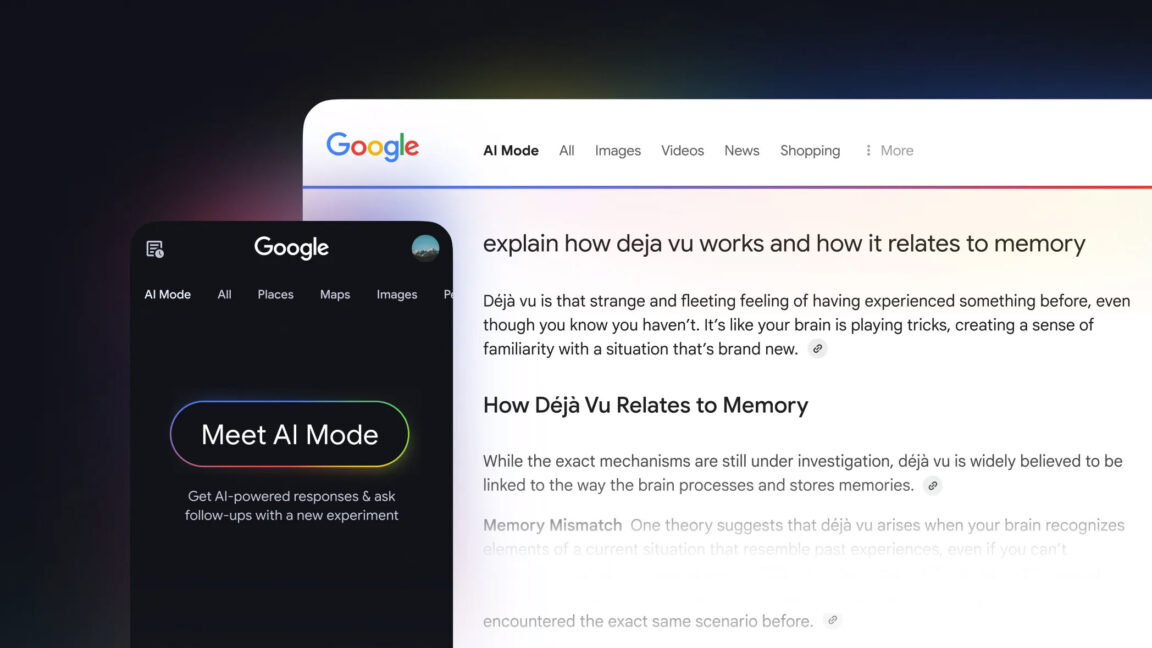- Arvind's Newsletter
- Posts
- Arvind's Newsletter
Arvind's Newsletter
Issue No. #1079
1.Amazon's secret weapon against Blinkit, Zepto and Instamart in Q-commerce race
From January this year, Amazon opened its quick commerce service ‘Amazon Now’ to a limited set of customers in a handful of pockets in the Whitefield suburb of Bengaluru. Whitefield, according to sources, is an area where Amazon enjoys the highest customer density, especially a high concentration of its Prime subscribers. It started four dark stores in the area and is now serving 2,000 orders a day, they said.
Andy Jassy, CEO of Amazon, has asked the India team to go the whole hog on quick commerce, said two people who are aware of the e-commerce major’s plans.
After groundwork through 2024, piloting in December and a small start in January-February, Amazon is currently in the process of scaling Amazon Now. It has laid out a plan to open 300 dark stores across India’s top three cities — Delhi, the national capital region, Mumbai, and Bengaluru — by the end of 2025.
Its Prime customer base, those who pay Amazon a premium for superior service, is estimated to be 16 million - 20 million. They form part of the country’s 30 million quick-commerce buyers, the convenience seeking urban shoppers. In other words, more than half of quick-commerce customers are Amazon Prime subscribers. Amazon is in a position to tap this customer base when it expands its quick-commerce service. Thanks to its power of data and artificial intelligence, Amazon may prove superior when it comes to customised selection, said a source.
2.India's services sector growth improves to 59 in Feb; overall PMI 58.8
This is the total value of the HSBC India Services Purchasing Managers’ Index (PMI), which rose to 59 in February, up from 56.5 in January—its lowest reading in over two years. The latest data points to a sharp expansion in services activity, driven by rising domestic and international demand.
More new orders meant companies increased output and hired more workers to keep pace, signalling strong business momentum. However, cost pressures remain a concern, with firms reporting higher expenses on staff and materials. Meanwhile, the manufacturing sector slowed sharply, with PMI falling to a 14-month low of 56.3, reflecting weaker production and order growth, as pointed by Business Standard.
3.L&T bets on space exploration as India expands private rocket and satellite industry
Indian industrial conglomerate Larsen & Toubro (L&T) is expanding its aerospace business, focusing on private rocket and satellite manufacturing, Reuters reported. This news comes in light of India cutting its reliance on imports and boosting private participation in space exploration.
L&T is assembling India’s first privately-built Polar Satellite Launch Vehicle (PSLV) in collaboration with Hindustan Aeronautics Limited. India expects to launch its first PSLV by mid-2025, a move that would vastly improve India’s Earth observation missions. That’s not all, India hopes to have a mammoth $44 billion share in the global space industry in the next decade, projected to grow to $160 billion by then.
4.IndiGo to start direct long-haul flights to Manchester, Amsterdam from July
Expanding its international operations, IndiGo will start non-stop long-haul flights to Manchester and Amsterdam with the leased Boeing 787-9 planes from July this year.
Making the announcement on Thursday, the airline said the development signals a significant step in its journey to become a global player by 2030 and also make India a global aviation hub.
Also, the carrier is evaluating multiple markets in Europe for long-haul flights.
With the damp-leased Boeing 787 planes from Norse Atlantic Airways, the airline will be able to an early entry into the long-haul market and establish itself in Europe. It expects to start taking deliveries of Airbus A321 XLR planes in 2025 and A350-900 aircraft from 2027 onwards, the statement said.
5.Tata Electronics To Set Up Display Semiconductor Manufacturing Plant In Gujarat
Tata Electronics will set up a display manufacturing unit in Gujarat in partnership with Taiwan-based PSMC and Himax Technologies, a top official of the company said on Wednesday.Tata Electronics CEO Randhir Thakur announced signing of a tripartite agreement with the Gujarat government for the plant at Dholera.
With foray in display manufacturing, Tata Electronics will have presence in all three top semiconductor manufacturing segments.
The company is already in process to set up a semiconductor fabrication plant in Gujarat with an investment of around Rs 91,000 crore with PSMC as its technology partner.
Tata is also setting up a chip assembly plant in Assam with an investment of Rs 27,000 crore.
6.Novo Nordisk said it would slash the price of its blockbuster weight-loss drug Wegovy in the US and sell it directly to patients, part of efforts to beat back growing competition in the sector.
Millions worldwide have turned to Wegovy and other GLP-1 injections, which help patients lose weight while reducing the risk of heart attacks and strokes. But Novo faces the patent on the drug expiring as early as next year in some parts of the world, and Washington is aiming to slash the price it pays for weight-loss drugs more broadly.
Demand is unlikely to wane anytime soon: A recent study published in The Lancet forecast more than half of the world’s adults will be obese by 2050.
7.Elon Musk’s war on management consultants
The Trump administration is widening its assault against government spending on consultants, after an Elon Musk-led cost-cutting drive triggered the cancellation of dozens of contracts and threatened hundreds more.
Ten of the largest US consultants have been told that they have until tomorrow to justify billions of dollars of ongoing projects for the federal government, and officials told the Financial Times they planned to expand the number of targeted firms in the coming weeks.
An FT analysis of federal data shows that more than 30 contracts held by the 10 consultants have been completely or partially cancelled. The largest is an umbrella contract covering IT services for the Internal Revenue Service, led by Deloitte, valued at up to $1.9 bn over seven years.
The 10 consultants initially targeted by the administration include Deloitte, Accenture, Booz Allen Hamilton, Guidehouse and IBM. The FT’s analysis covers contracts held by these companies which, according to federal returns, have been the subject of “terminated for convenience” notices.
8.You knew it was coming: Google begins testing AI-only search results
Google has become so integral to online navigation that its name became a verb, meaning "to find things on the Internet." Soon, Google might just tell you what's on the Internet instead of showing you. The company has announced an expansion of its AI search features, powered by Gemini 2.0. Everyone will soon see more AI Overviews at the top of the results page, but Google is also testing a more substantial change in the form of AI Mode. This version of Google won't show you the 10 blue links at all—Gemini completely takes over the results in AI Mode.
This marks the debut of Gemini 2.0 in Google search. Google announced the first Gemini 2.0 models in December 2024, beginning with the streamlined Gemini 2.0 Flash. The heavier versions of Gemini 2.0 are still in testing, but Google says it has tuned AI Overviews with this model to offer help with harder questions in the areas of math, coding, and multimodal queries.
With this update, you will begin seeing AI Overviews on more results pages, and minors with Google accounts will see AI results for the first time. In fact, even logged out users will see AI Overviews soon. This is a big change, but it's only the start of Google's plans for AI search.
Gemini 2.0 also powers the new AI Mode for search. It's launching as an opt-in feature via Google's Search Labs, offering a totally new alternative to search as we know it. This custom version of the Gemini large language model (LLM) skips the standard web links that have been part of every Google search thus far. The model uses "advanced reasoning, thinking, and multimodal capabilities" to build a response to your search, which can include web summaries, Knowledge Graph content, and shopping data. It's essentially a bigger, more complex AI Overview.
9.What can the world’s most walkable cities teach other places? The Economist
IMAGINE THE perfect urban neighbourhood. Residential streets are peppered with shops and cafés. Schools, museums and theatres can all be reached on foot. Green spaces offer a quiet escape. Some cities, such as Copenhagen, Paris and Tokyo, already function this way. These “walkable” cities—sometimes called “15-minute cities”—offer everything that locals need within a small radius. A study published recently in Nature Cities, a journal, shows which places do this best.
Matteo Bruno and his colleagues at the Sony Computer Science Laboratories in Rome calculated the walkability of more than 10,000 cities around the world. They first mapped how long it would take residents in various urban neighbourhoods to reach “key amenities”, such as schools, hospitals, restaurants and shops, on foot. They then calculated an average for the whole city.
Not surprisingly, European cities were the most pedestrian-friendly. In a ranking of big cities (those with more than half a million people), 45 of the top 50 spots were in Europe. Milan came first. The average Milanese needs to walk for only around seven minutes to reach amenities, and 98% of the city’s population live in 15-minute neighbourhoods. In Asia Kyoto, in Japan, and Taipei, the capital of Taiwan, were among the most walkable cities.
North American cities were notably absent from the top 50. Many of them are designed around cars, with residential neighbourhoods sprawling out far from central amenities. Vancouverites had the shortest strolls in the region, but their city ranked only 53rd in the world. Manhattan was ranked as highly walkable, but other districts of New York City dragged the average down.
The researchers also wanted to identify how places could be made more walkable. Paris, for example, already ranks well: it takes most Parisians just eight minutes, on average, to reach key amenities on foot, and 93% of them live in 15-minute neighbourhoods. But the authors developed an algorithm to determine how the city’s current amenities could be moved in order to further improve its walkability. They found that, with a bit of urban reshuffling, two minutes could be shaved off the average walking time, and 97% of people could live in 15-minute neighbourhoods. This shows how urban planning could improve walkability, not whether it would make economic sense: coaxing shops and restaurants to quieter neighbourhoods might require government incentives.
The researchers did the same for 53 more cities (see chart). Of these, 34 were already 15-minute cities for most residents, but another ten had the potential to be. In Rio de Janeiro, for example, services are clustered around coastal neighbourhoods. Moving some of these services inland could cut the average walking time for residents from 25 minutes to 15. Similarly, roughly half of Melbourne’s population live in 15-minute neighbourhoods, but the researchers calculated that this could increase to around 90% if its amenities were better spread.

Chart: The Economist
Alas, some cities are unlikely to ever become a pedestrian paradise. In places with a large suburban sprawl, achieving the 15-minute status would require a lot of new amenities. For Atlanta to become as walkable as a densely populated city like Berlin, for example, would require roughly twelve times as many key amenities as it has now. But small changes might still pay off: plenty of research has shown that more walkable cities have healthier residents and cleaner air. And increased foot traffic also helps local shops and cafés, too.




